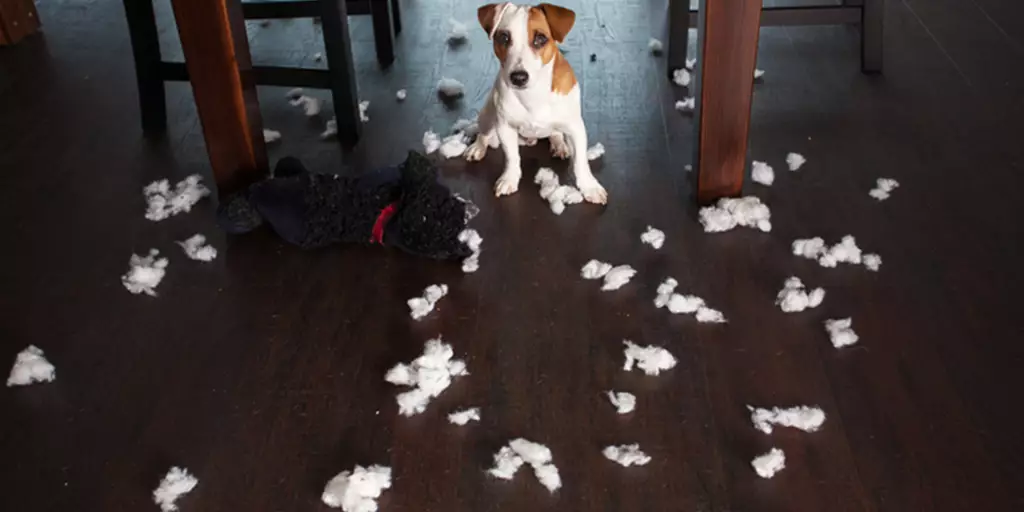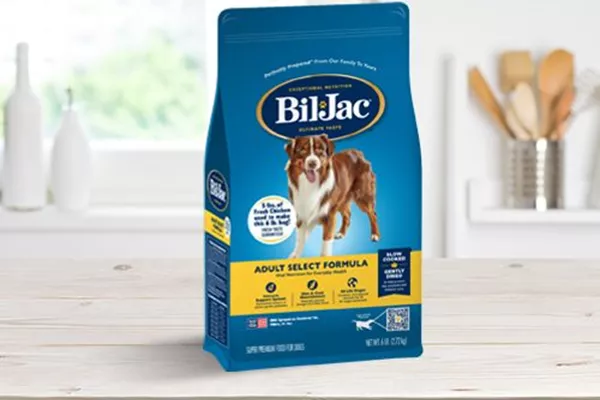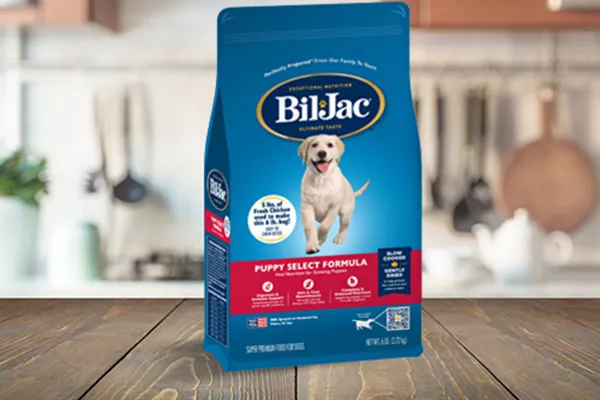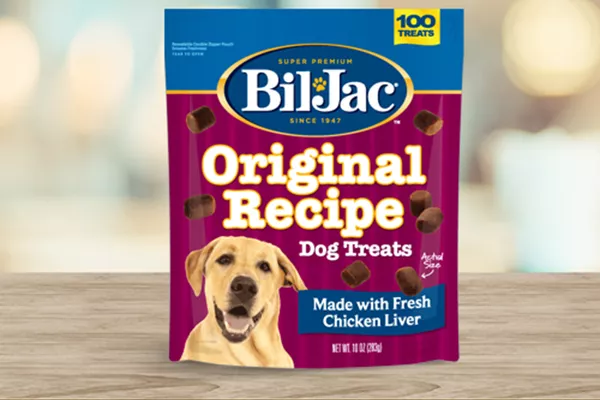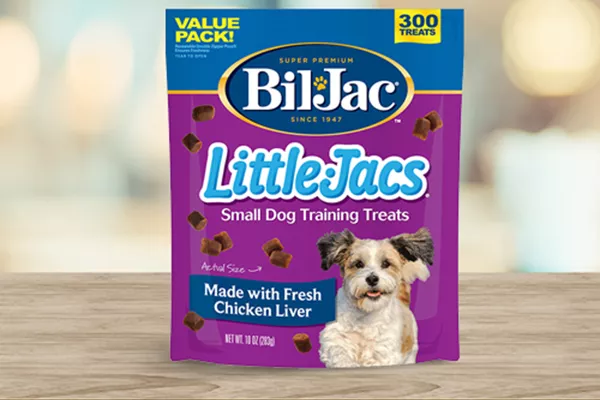We have all experienced a time when our dog sticks his nose in some place he shouldn’t. Whether it was the trash, under the kitchen table, or one of the many places your furry friend may be able to sneak into, finding scraps of food or substances your dog may have come across is an unsettling feeling for pet parents!
So what do you do in situations where your four-legged family member may have consumed something that is potentially dangerous? We’ve put together a few simple steps to follow in these situations, as well as what foods or substances should be kept out of your dog’s reach.
How to Handle Your Dog Swallowing a Potentially Toxic Food or Substance
While no pet parent wants to think their dog could end up in contact with something they shouldn’t, the realization that they have can put you in a panic. Acting quickly in these situations and being prepared is one of the best ways to help your furry friend.
Get any remains away from your dog
The very first thing you need to do when your dog is eating something he shouldn’t is to immediately take away anything your dog is still trying to eat and remove your dog from the area. Depending on what your dog has eaten, the more of it he eats, the worse he could feel. Be on the lookout for any type of plastics, wrappers, or packaging that could have either been eaten or is hidden under a nearby piece of furniture or table as well.
If you can determine how much your dog consumed, it will be very helpful to share with your veterinarian later. If possible, save any wrappers or a sample of the material.
Look for signs your dog ate something potentially poisonous
Now that you’ve stopped your dog’s off-limits eating adventure, quickly check your dog to see if what he ate was dangerous. The way your dog reacts to consuming something he shouldn’t will vary depending on the food or substance, but dogs showing any of the following signs can help a pet parent know when to be alarmed:
- Vomiting or gagging
- Shaking
- Trouble breathing
- Coughing
- Changes in typical behavior, such as lack of appetite
- Diarrhea or constipation
Please note that some signs and reactions may take 6 to 12 hours to occur or affect your dog’s behavior. It’s important to monitor your dog for any signs of illness as the day continues. In the meantime, there’s still something you can do to make sure your dog is safe.
Call your veterinarian
Your veterinarian is the best person to tell you what to do when you have concern over what your dog may have eaten. The veterinarian’s office will ask you a series of questions and can help advise how to best handle your situation. Be sure to share:
- Your dog’s age, breed and weight
- What food or item was eaten
- How long ago
- How much
- Any strange behavior (pacing, shaking, etc.)
If your veterinarian’s office is closed, they may suggest an emergency vet in your area. If your vet’s office is closed and they do not have an emergency veterinarian on their after-hours message, search for an emergency pet hospital near you and contact them by phone. If you are unable to take your pet to the emergency hospital yourself, you can call the Pet Poison Helpline at 855-764-7661 (Please note: There is a charge a per incident fee, so be sure you know what the costs are when you call and have a credit card on hand).
Foods and Substances Your Dog Should Avoid
The best thing pet parents can do to keep your four-legged friend away from harmful foods or substances is to take preventative measures. Make sure anything that can be potentially poisonous for your dog is far from their reach. It’s also important to stay aware of which items can be harmful depending on the amount eaten by your dog. For reference, the items below should steer clear of your best bud:
| Foods to Avoid | |
|---|---|
|
Chocolate |
Milk |
|
Grapes/Raisins |
Macadamia Nuts |
|
Garlic |
Onions |
|
Avocado |
Yeast Dough |
|
Apple Cores |
Xylitol (often found in gum and candy) |
|
Caffeine |
Alcohol |
|
Salt |
Peach/Plum Pits |
|
Cleaning Products |
Human Medicine/Vitamins |
When in doubt, talk with your veterinarian.
Please note: This advice is not a substitute for proper consultation with a veterinarian and is only intended as a guide. The best way you can help your dog will vary on a case-by-case basis. Please contact your local veterinary practice for advice or treatment immediately if you are worried about your dog’s health.
Many of us have our regular veterinarian in our cell phones, so they are a quick call away. You may want to add the closest emergency veterinary hospital in your area, address and phone number, to your cell phone as well. Since you may not remember their names, you can put them under ICE Vet (In Case of Emergency Vet) so that you can find their number quickly and easily.
Keeping Your Dog’s Safety and Health at First Paw
As responsible pet parents, the health and safety of our furry friends is always our main priority! We know our dogs can often be curious at times, but a little knowledge of harmful substances and prevention measures can go a long way to ensuring your best friend is safe and healthy. For more pet parenting safety and nutritional tips for important members of your family, join the Best Friends Club today.
